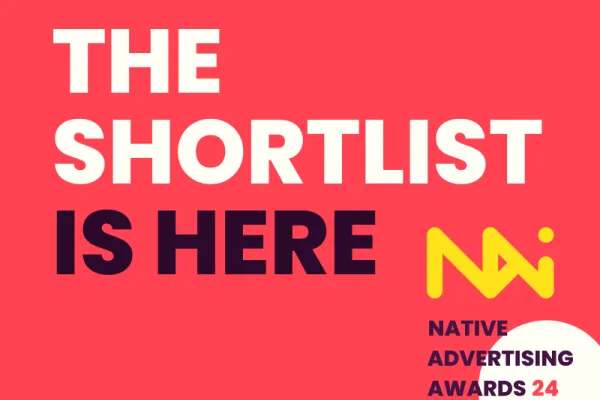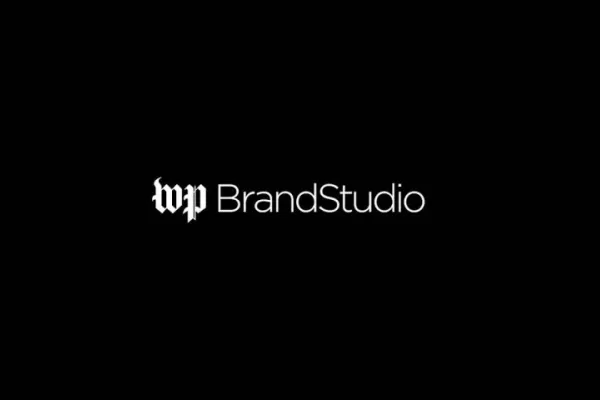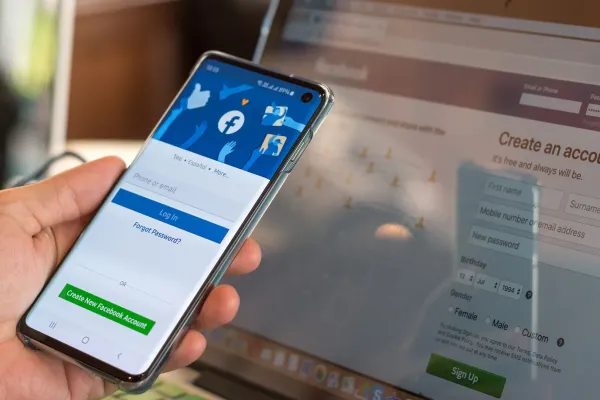
By Jerrid Grimm
Co-Founder, Pressboard
Connect
Over the past few years, native advertising has taken off as brands and publishers have rushed to work together with the goal of better engaging their customers and boosting their revenues. In fact, in just three years from 2014 to 2016, native ad spending increased a whopping 600 percent.
As native advertising has gained popularity, marketers have learned that sponsored written content is the number one opportunity for brands within native advertising, despite having lost some ground to video over the past year.
However, for both brands and publishers, a significant question has remained about how and when brand mentions should be incorporated into sponsored content.
To answer this question, we launched a study of over 300 pieces of sponsored written content, looking to discover exactly how brand mentions within sponsored articles affect reader engagement -- and some of the results are surprising. So here are some tips to get the most out of sponsored articles:
Brands need not shy away from self-promotion entirely when creating content for their readers.
Is it OK to self-promote?
In the increasingly digital world, consumers have begun to express a strong distaste for the current state of in-your-face advertising, with almost one third of internet users in the United States expected to be using ad blockers by the end of this year.
As native advertising has promised to help brands reach consumers in a less intrusive way, a cautious industry mentality has developed based on the idea that sponsored content shouldn’t contain any brand mentions whatsoever, so as not to come off as overly promotional.
However, the results of our recent study suggest otherwise: brands need not shy away from self-promotion entirely when creating content for their readers.
RELATED: T Brand Studio: 12 Tips for Creating Killer Content
In our study, sponsored articles that followed the mentality of zero brand mentions still performed well. However, we also found that incorporating brand mentions sparingly and strategically can actually boost reader engagement significantly.
In fact, the results of the study showed that, if done correctly, sponsored articles with brand mentions actually outperform other sponsored articles that are devoid of brand mentions entirely. So what’s the key to doing it right?
In terms of active reading time, a single brand mention was found to hold readers’ attention the longest.
How many brand mentions is optimal?
For the analysis, we first measured the number of brand mentions in a sponsored article, and then looked at its effect on two key factors: active reading time and scrolling behaviour.
As it turns out, the number of brand mentions in a given piece of sponsored content is the largest factor influencing reader engagement.
RELATED: Shout Out to Brands: Be Brave, Let Go and Trust the Native Ad Studio
In terms of active reading time, a single brand mention was found to hold readers’ attention the longest, for an average of 69.6 seconds. Zero mentions of the sponsoring brand followed with an average active reading time of 63.6 seconds -- nearly 10 percent less than one brand mention. Additionally, subsequent mentions beyond the first were found to sharply drop active reading time to 61 seconds or less.
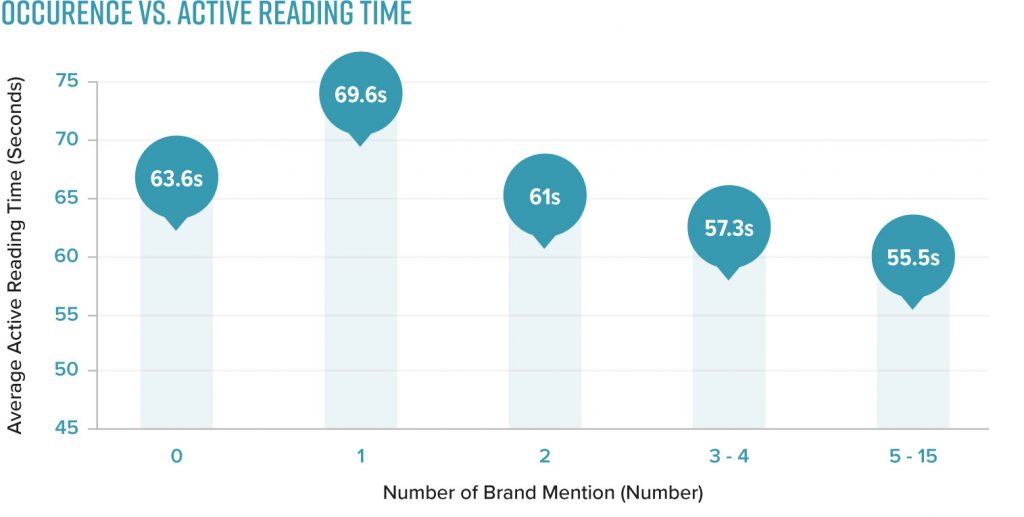 The results were quite similar for readers’ scrolling behaviour as well.
The results were quite similar for readers’ scrolling behaviour as well.
Articles with one brand mention were found to have engaged readers the most with an average of 80 percent of the article scrolled. Articles without a brand mention were slightly lower at 77.9 percent scrolled, and each brand mention after the first consecutively lowered the percentage even further.
However, while there is a clear relationship between the number of mentions and percent scrolled, it is important to note that the relationship is not statistically significant.
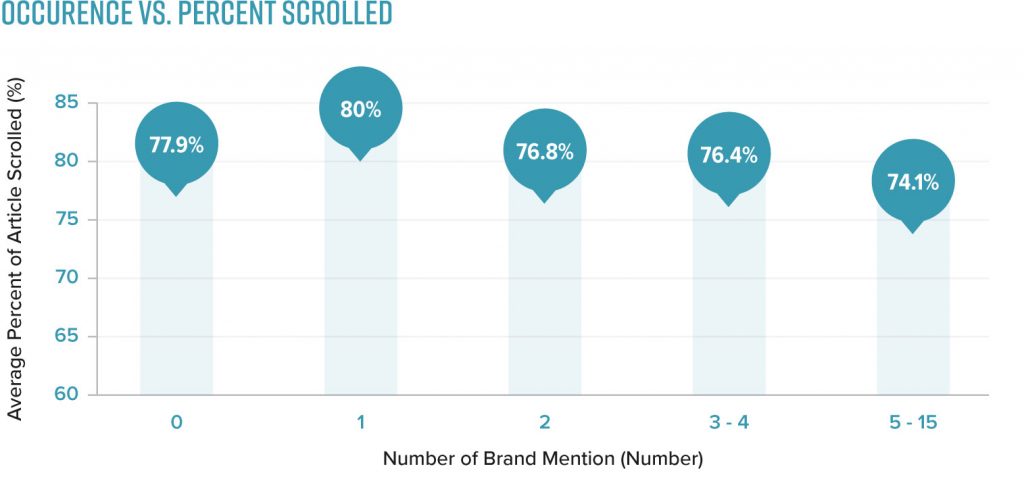
Nevertheless, the results in terms of both active reading time and scrolling behaviour are consistent with most marketers’ expectations that readers are less likely to engage with content that is overly promotional.
Yet while a certain level of self-promotion through a single brand mention can see higher levels of engagement, there is one caveat.
A single brand mention has the power to boost reader engagement as long as it doesn’t come too soon.
Where should brand mentions be placed?
According to the results of our study, a single brand mention has the power to boost reader engagement as long as it doesn’t come too soon.
The study found that articles that mentioned the brand within the first 100 words had the lowest active reading time of all -- only 56.2 seconds. In comparison, articles with no brand mentions were read for an average of 63.5 seconds.
RELATED: From Content Creation to A/B Testing: 5 Native Advertising Tips to Brands
But again, articles with brand mentions took the crown -- if the mentions came after the 300 word mark. The highest active reading time was for articles with a brand mention in the 300 to 599 word range for an average of 68.1 seconds -- a shocking 12 seconds more than articles with a mention within the first 100 words. Articles with mentions in the 600 to 750 word range followed closely behind with an average of 66.3 seconds.
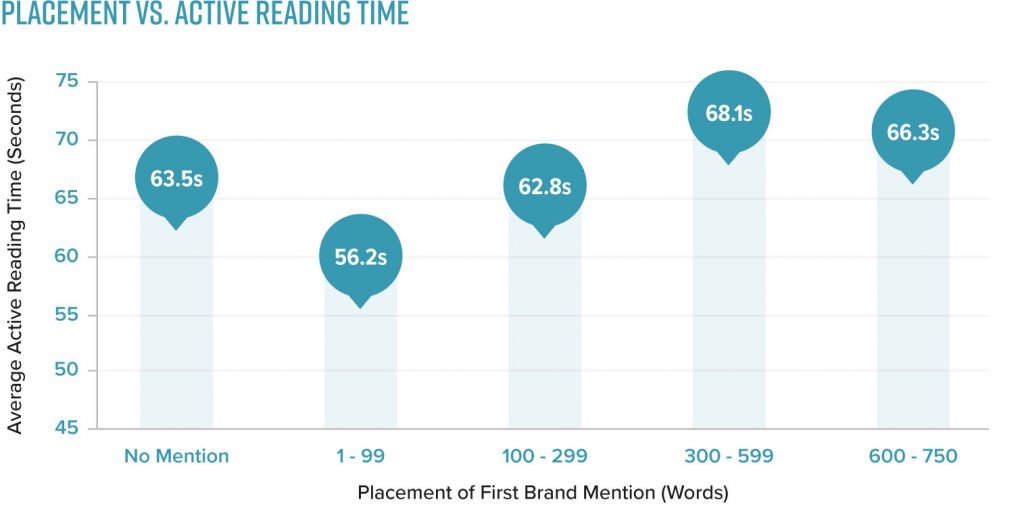
Readers’ scrolling behaviour reflects a similar pattern.
Articles with brand mentions falling within the first 100 words had the lowest engagement with only 72.2 percent scrolled, in comparison to 78.1 percent for articles with no brand mentions, and 80.5 percent for articles with mentions in the 300 to 599 word range.
However, unlike with active reading time, users stayed engaged for longer by scrolling through 81.5 percent of the article when brand mentions came in the 600 to 750 word range, showing that readers will still scroll through most of the page no matter where the brand is placed within it.
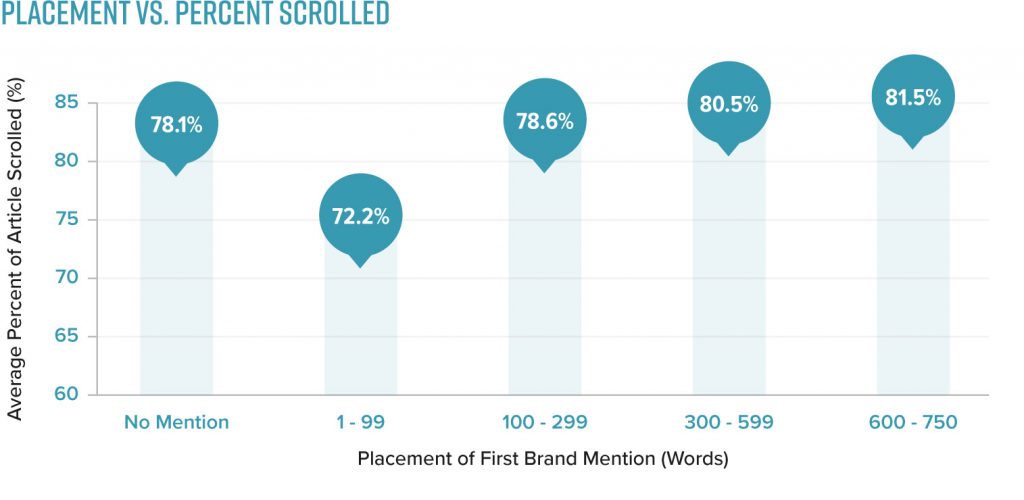
Brand mentions that come too late or too frequently in the article run the risk of putting off the audience, who might view the content as deceitful or overly promotional.
How can marketers shape branded content?
Taking into consideration the results of the study, marketers should use brand mentions to help them maximize the value of their sponsored content.
These mentions would come best part-way through the article, ideally in the 300 to 600 word range, and play a supportive role by adding relevant value or insights for the reader.
RELATED: Native Advertising That Works? 3 Takeaways from Award-Winning Examples
However, brand mentions that come too late or too frequently in the article run the risk of putting off the audience, who might view the content as deceitful or overly promotional.
It is important that brand mentions serve only to add value, meaning that they shouldn’t be included if the product messaging doesn’t fit naturally within the article. In that case, it might be better to include the mention in a branded footer at the end of the content.
As sponsored content continues to play an increasingly important role in marketers’ arsenals, brands would be wise to keep these findings in mind to help guide their sponsored content efforts. At the end of the day, brand mentions that are used sparingly and strategically will not only add value for businesses -- but for readers, too.

